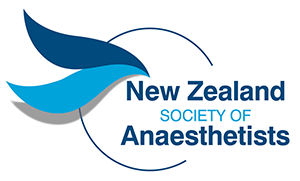Anaesthetists in New Zealand are among the most highly trained in the world. After six years of Medical School, they are required to work at least a further two years as doctors in the hospital system. After completing eight years, two of these as a qualified medical doctor, they are eligible to apply for the Anaesthesia Training scheme. Most trainees will have worked as Emergency Doctors or other specialties before applying for the Training Scheme.
Scheme selection
Selection for the scheme is very competitive and highly sought after. Training is at least five years of full-time work including two sets of exams; each requires at least 1000 hours of study. This will be on top of full-time work averaging 50-65 hours per week.
During this five-year course the doctor is known as a Trainee Anaesthetist. In New Zealand’s hospital system, they will be Anaesthetic Senior House Officers (SHO) for the first year, and then Anaesthetic Registrars until fully qualified. At times a final year trainee may have the title of ‘Fellow’ while doing more subspecialty training.
Anaesthetic Registrars have at least three years as a doctor, but usually many more. They will work under the direct supervision of a fully qualified Consultant Anaesthetist until they achieve a certain level of competency. As they become more capable, they are allowed more autonomy, although senior back-up is always close as for most medical specialties in New Zealand.
During training
During their five years of training the trainee is rotated to anaesthetising every surgical specialty, as well as being exposed to all areas of medicine. They are among the most expert doctors at resuscitation. In rural hospitals they will be called to any emergency in the hospital. At larger hospitals they may be called to emergencies requiring advanced airway support or urgent surgery. They are skilled in all aspects in the stabilisation of acutely unwell patients. Training in Anaesthesia is generally necessary for all doctors working in Retrieval Medicine (Flying Doctors), Intensive Care or Emergency Medicine.





